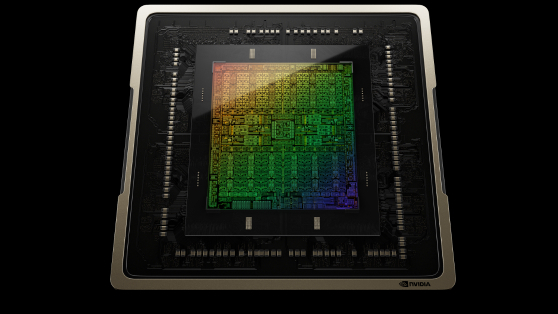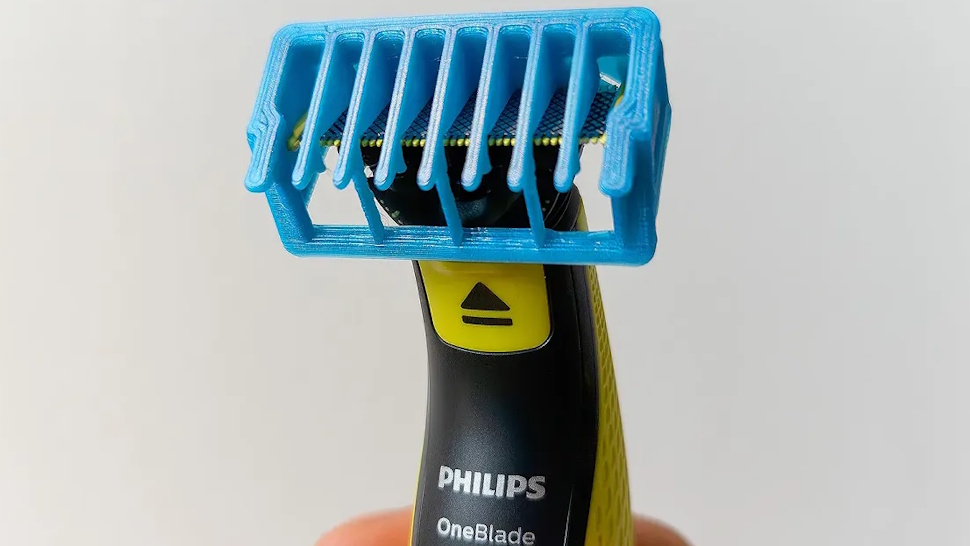
Yet more AI special sauce from Nvidia.
Not content with accelerating graphics performance with AI via its various DLSS technologies and in designing GPUs themselves, Nvidia is now using AI to improve graphics drivers and further boost performance by up to 30%. Well, that’s the latest rumour.
According to CapFrameX (via OC3D), maker of frame time analysis tools, Nvidia is working on AI-enhanced graphics drivers. Performance boosts of up to 30% are mooted, with the average performance benefit a more modest 10%.
CapFrameX reckons we could see the new AI-enhanced driver in the first quarter of this year. If accurate, there’s not long to wait.
Of course, the very notion of what even constitutes AI. An actual machine learning technique? A really good algorithm? A coffee machine that turns on automatically? There is, ultimately, no universally agreed standard or definition.
Exactly where any of Nvidia’s AI-enhanced technologies fall on that continuum is hard to say. The temptation to make any new feature seem even fancier by applying the ‘AI’ label must be strong.
But what will matter most is the performance boost. If Nvidia releases a driver in short order that boosts performance by an unusually large amount, that will be a worthwhile benefit in and of itself, regardless of whether it’s characterized as AI-boosted and whatever definition is used to make that claim.
(Image credit: Future)
Best CPU for gaming: The top chips from Intel and AMD
Best gaming motherboard: The right boards
Best graphics card: Your perfect pixel-pusher awaits
Best SSD for gaming: Get into the game ahead of the rest
Moreover, there’s absolutely no doubting that Nvidia has delivered some objectively impactful technologies under the AI banner in recent years. The DLSS platform, including the latest frame generation technology, has proven to be a literal game changer.
So, maybe AI-enhanced graphics drivers will indeed be Nvidia’s next big thing. An RTX 4090 running 30% faster would be a sight to behold, that’s for sure.
For the record, it’s not clear which GPUs could benefit from these new drivers if they are indeed coming. It stands to reason that a machine learning approach to building drivers could apply to older GPUs as much as Nvidia’s latest cards.
But then Nvidia may also opt to make the technology exclusive to the new RTX 40 series in an attempt to increase their appeal even further and drive sales.






